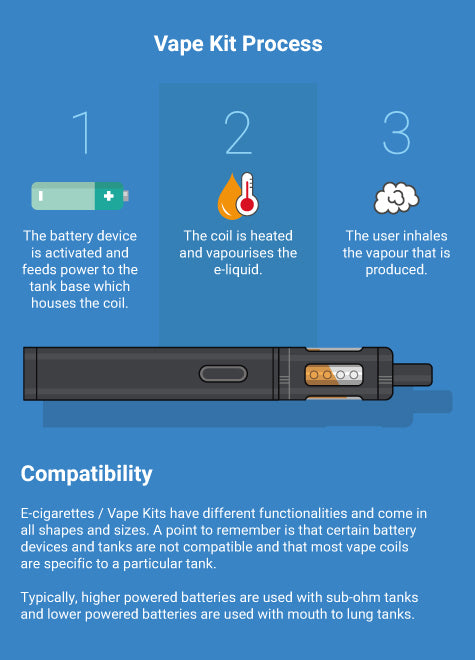Electronic cigarettes (e-cigarettes) are battery-powered devices that vaporize a liquid solution for inhalation, commonly called vaping. Understanding their core components and operation is essential.
Essential Components
Every electronic cigarette features these core parts:

- Battery: Powers the device, often rechargeable lithium-ion.
- Atomizer/Coil: The heating element converting e-liquid into vapor.
- E-liquid (Vape Juice): A solution containing Propylene Glycol (PG), Vegetable Glycerin (VG), flavorings, and often nicotine in varying strengths (including nicotine-free options).
- Tank/Pod/Reservoir: Holds the e-liquid and feeds it to the atomizer.
- Mouthpiece: Where the user inhales the vapor.
How It Works: The Vaporization Process
Vaping follows a specific sequence:
- The user activates the device (typically via button press or automatic draw activation).
- Electrical current from the battery flows to the atomizer coil.
- The coil rapidly heats up.
- E-liquid saturating the coil’s wicking material (like cotton) is vaporized.
- The user inhales the resulting aerosol (vapor).
Key Considerations
- Device Types: Options range from simple cig-a-likes to refillable pod systems and complex mods.
- E-Liquid Composition: PG/VG ratios affect throat hit, vapor production, and flavor.
- Nicotine Delivery: E-cigarettes deliver nicotine, an addictive chemical. Delivery efficiency varies significantly between devices.
- Regulation: Products and ingredients are subject to government regulations; quality and ingredients can vary.
- Battery Safety: Proper handling and charging of lithium-ion batteries are critical to prevent malfunctions.
Health Context
While research is ongoing, public health agencies generally state e-cigarettes are not risk-free. The aerosol contains potentially harmful constituents. Most regulatory bodies do not endorse vaping as a safe alternative to smoking for non-smokers or youth. Individuals quitting smoking should consult healthcare professionals for approved cessation methods.










